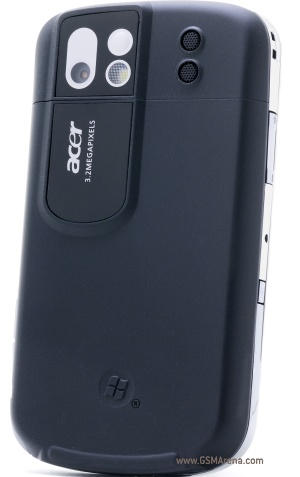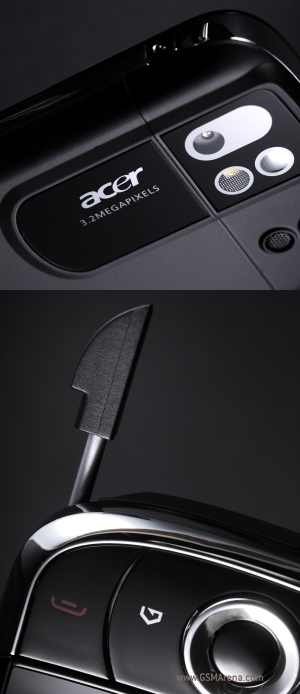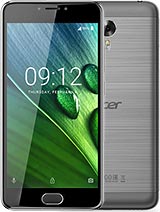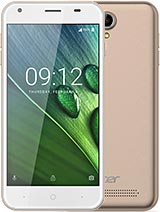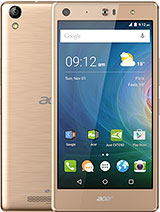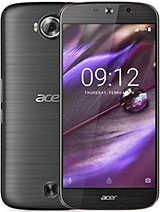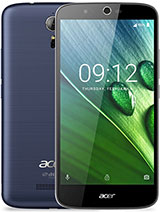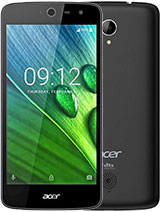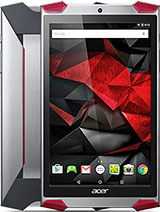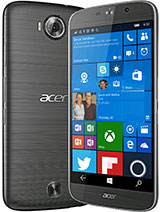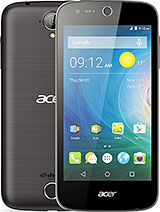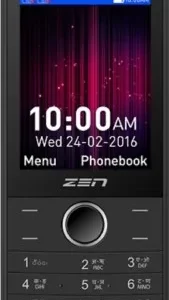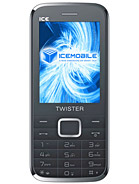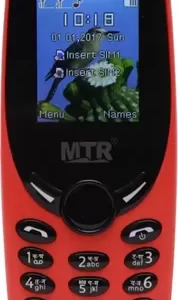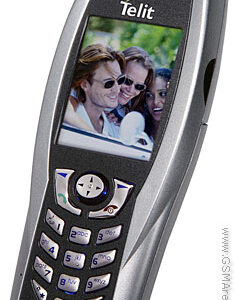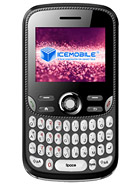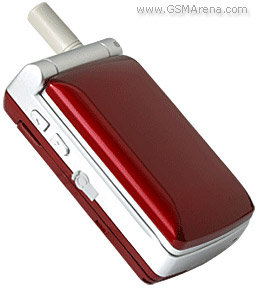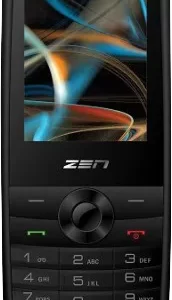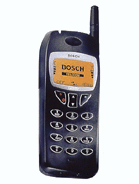Acer X960 Overall Review
The Acer X960 emerged as a notable contender in the smartphone market back in February 2009, blending functionality with the emerging technology trends of the time. It was designed to cater to both business and personal use, featuring a compact 2.8-inch touchscreen that promised easy navigation through its Windows Mobile operating system.
Despite its modest screen size, the X960 packed a resolution that was quite impressive for its time, aiming to offer clear visuals for browsing, multimedia, and productivity tasks. At the heart of the device, a 3.15 MP primary camera allowed users to capture photos and videos, a feature that was becoming increasingly standard in smartphones.
The device was powered by a processor capable of handling the basic tasks expected of smartphones then, supported by 128 MB of RAM. While these specifications may seem limited by today’s standards, they were adequate for the era’s mobile software and applications. The Acer X960 also boasted a 1530 mAh battery, which aimed to provide users with lasting power throughout the day.
Storage options on the Acer X960 were in line with the period’s expectations, providing enough space for applications, photos, and media, with the option for expansion via memory card – a crucial feature for many users.
Pros and Cons
Pros
- Compact and easy to handle design.
- Windows Mobile OS offered versatility for business and personal use.
- Adequate primary camera for basic photography.
- Expandable storage was a key feature for media and documents.
Cons
- Limited by the hardware capabilities of the time.
- The small screen size may not appeal to users accustomed to larger displays.
- The operating system has since become outdated, with limited app compatibility.


